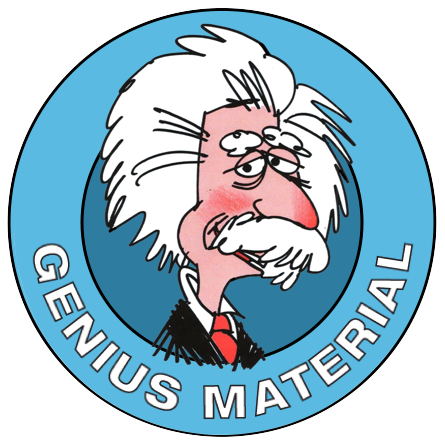Ever noticed you have selective hearing for the stuff you’re interested in while being completely oblivious to the unimportant stuff?
Unimportant to you, that is!
Well, it makes perfect evolutionary sense, doesn’t it? You can’t possibly pay attention to everything you ever come across.
You wouldn’t want to.
Imagine a life where you couldn’t tell the difference between what’s important to your survival and what isn’t.
So our brains have evolved to be selective. Remember, physiologically we’re the same as we were 10,000 years ago when we lived in caves. So our brains naturally filter information with our safety in mind, in order that we take appropriate action to keep ourselves safe. And this happens all the time, automatically, and usually, below our threshold of awareness.
No wonder it’s difficult to recall information that hasn’t been unconsciously categorised as essential to our longevity, if it hasn’t occurred to our brain as important, in relation, that is, to the more essential job of keeping us alive.
However, when you deliberately bring your focused attention to something, your unconscious mind gets the intended message that this is indeed important. And it you’ll more naturally and more easily retain that information.
So when you’re studying, and you want to retain what you’re learning, perhaps to use it in the future and/or pass an exam, somehow you need to let your unconscious mind know that it’s important to you and you’ll discover how rewarding it is to make learning a healthy obsession.
Discover how to make learning a healthy obsession
Try these next time you try to learn something:
- Ask yourself: Where in the real world will this information be the most useful to you?

- Make an observation. Deliberately notice something about it.
- Draw your own conclusion.
- Think of a question that this information might answer.
- Return to the information in the future and question it again in the light of what you’ve learnt in the interim.
- Critique something as though you were writing a review for a newspaper.
- Explain why this piece of information is significant.
- Ask yourself what you already know about the information.
- Try applying a point of view from elsewhere to this new information.
- See if you can improve on the information, perhaps designing a new version of it.
- Identify cause and effect.
- Separate causes from symptoms.
- Seek primary and secondary causes of a problem.
- Compare and contrast elements within this information, and/or with other information.
- Create theories and models and test them.
- Develop a grand theory from your observations and the information in front of you.
- Look out for nuance and create a visual representation of it.
- Define subtle differences or distinctions in concepts, theories, ideas, problems or opportunities.
- Exaggerate these subtle differences in the telling, and create visual images as you go.
- Adapt something for a new use, need or circumstance.
- Make a prediction and observe what actually happens.
- Examine the information from many different perspectives.
- Turn the information into a sequence of events, and tell it like a story.
- Find and explain patterns.
- Study the relationship between the information presented and the underlying subtext. i.e. Read between the lines.
- Identify and exaggerate commonly misunderstood ideas about this information.
- Critically evaluate an idea commonly accepted by others, and by society as a whole.
- Relate what you’re learning to common laws of nature, as you would observe in the great outdoors.
 Take a stance and defend it.
Take a stance and defend it.- Imagine you are a scientist observing an event, and record notes during and afterwards.
Each time you learn something, apply one of these ideas and develop a healthy obsession when you study. It will help to cement the new information onto what you already know about the subject, thus helping to make it stick.
Here’s the perfect example of when an encounter with a snake turns into an informal learning opportunity. Giving it the swerve.


